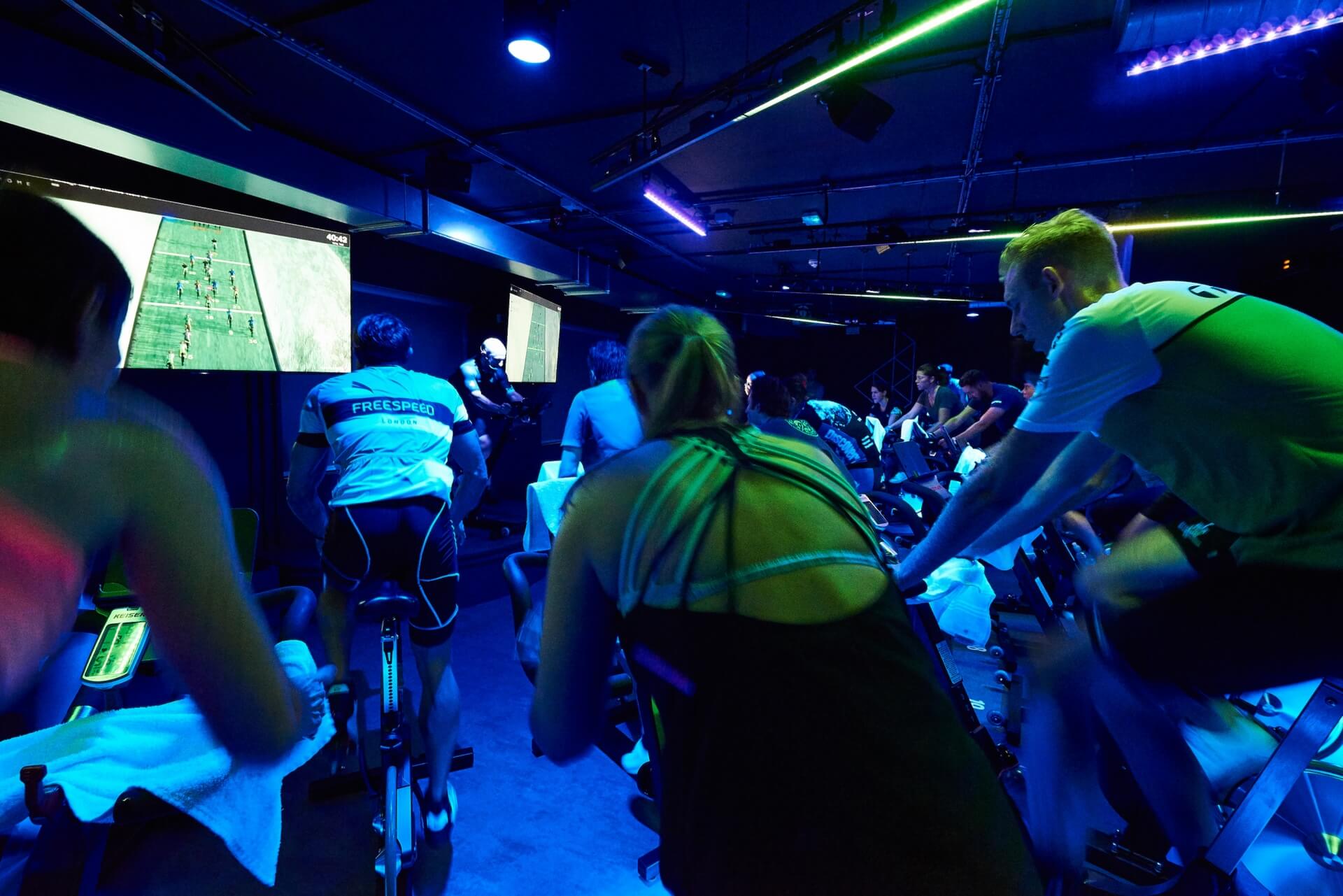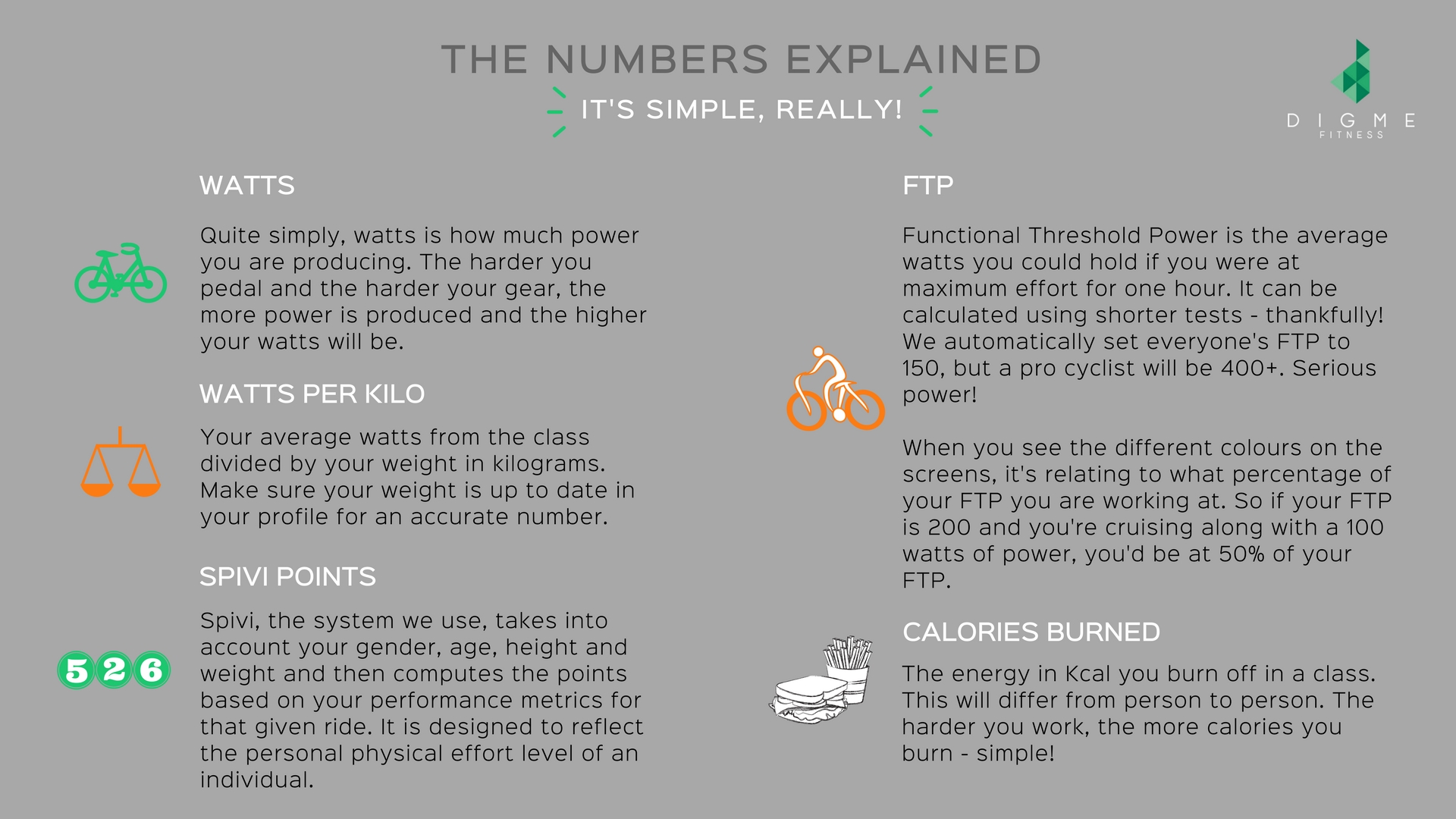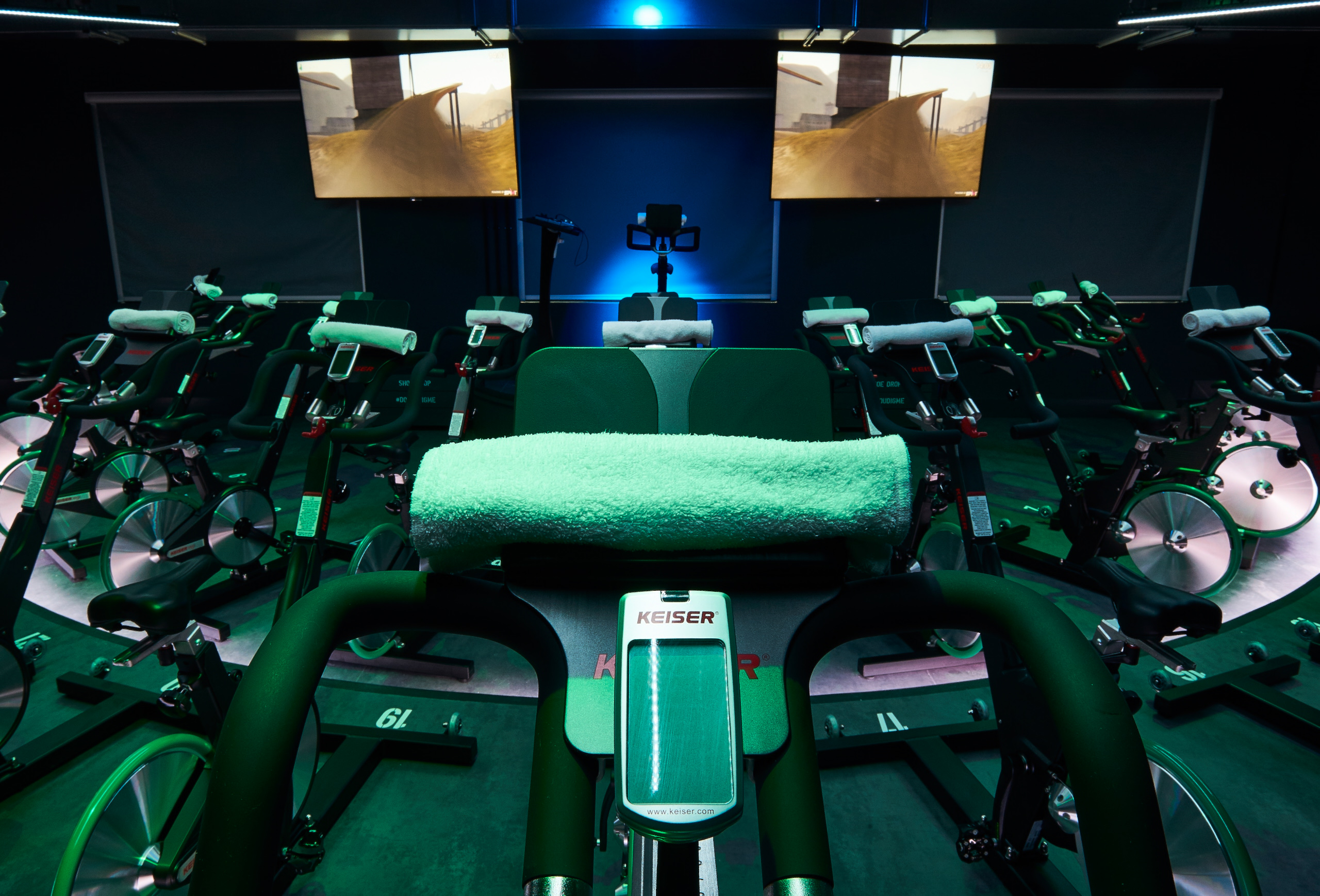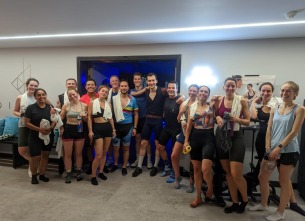
Never before has fitness been so ‘trackable’. Everyone’s wearing Fitbits to count their steps or Apple watches to monitor activity, and the app Strava had a mind-blowing 6.8 billion kilometres of runs and rides tracked in 2016. Yes, you read that right – 6.8 billion!
More and more people are realising the value of metrics when it comes to working out, and at Digme we have one of the most accurate, comprehensive systems out there for measuring data in a RIDE (indoor cycling) class.
It’s not always immediately obvious what these numbers mean and how they can help you though, so we thought we’d explain a few things.
Spivi is the programme we use in classes which controls the data you see on the TV screens and the virtual road you cycle along. The question we’re asked most frequently is “how is the Spivi points total calculated?”
In any class – well any activity in life really – some people will be at a physical advantage because of natural size or strength. If a leaderboard was only based on power or calories burned, the same people (the big strong guys!) would come top every time.
Spivi’s innovative solution for this has been to create a metric for measuring physical effort in a uniform way across a group. In other words, it creates a level playing field.
The system takes into account your age, gender and weight, and then computes the points based on your performance metrics for that class. So a strong, heavy man won’t automatically earn more points than an older, lighter woman; if he’s not working as hard, he won’t score as highly.
For the most part, we exercise and work out to see results – whether that’s changes in our body shape, our mental health or our stamina – so being able to see actual physical proof of improvements (via the summary email we send you) is really useful. Especially at the beginning, it’s proof you’re getting better.
Having up to date information in your profile ensures more accurate data, so make sure your details are correct.
Your calories burned score is way more accurate if you have the right weight figure in your profile. Tip: the more power you generate, the more energy you are using = the more calories you burn. So whack up that gear and torch those calories!
To summarise, Spivi points are calculated based on:
- Personal information – age, weight, gender, FTP
- Real-time performance data – power, cadence, speed
Here’s a bit more information on the numbers:






COMMENTS (0)
Be the first to comment!
Please login to comment